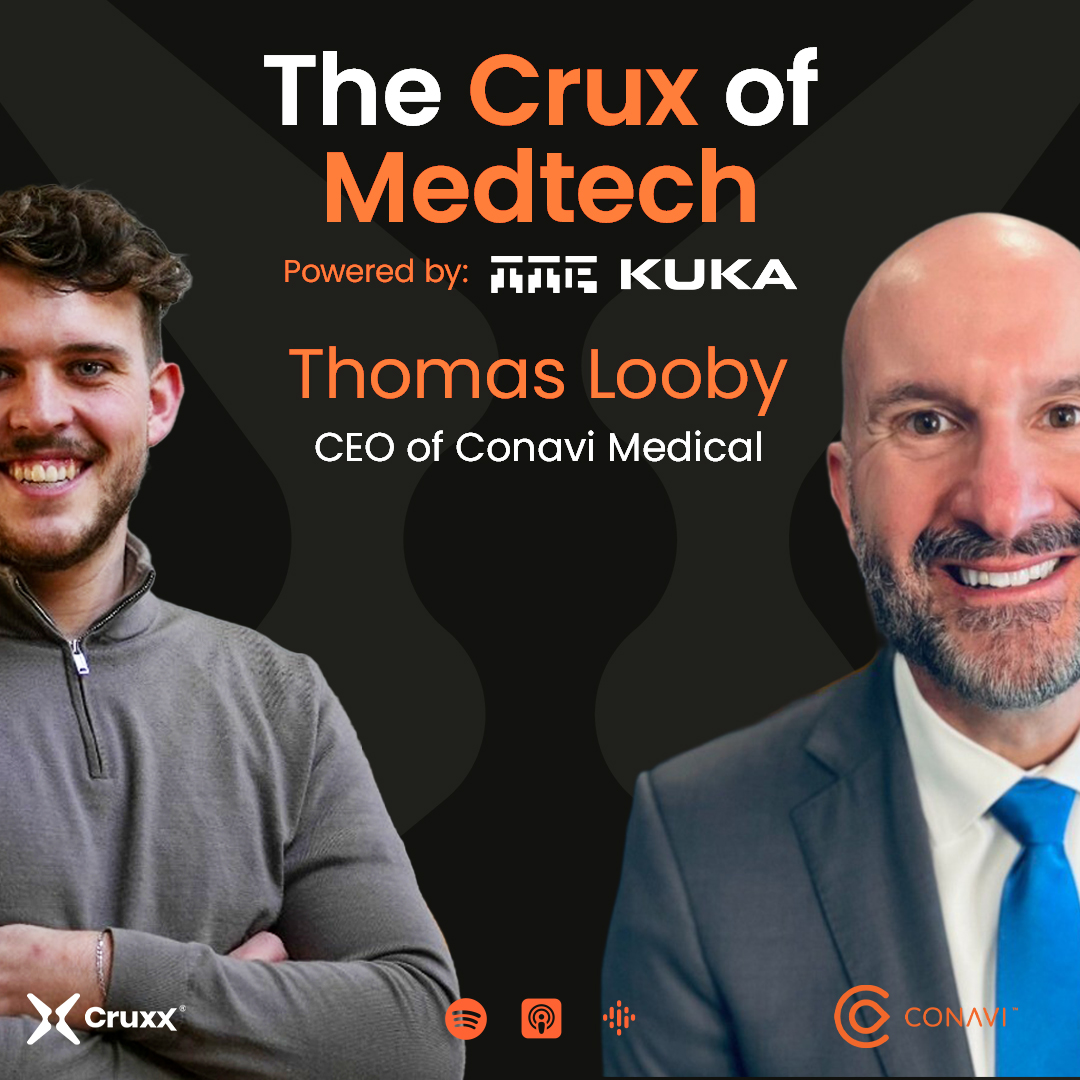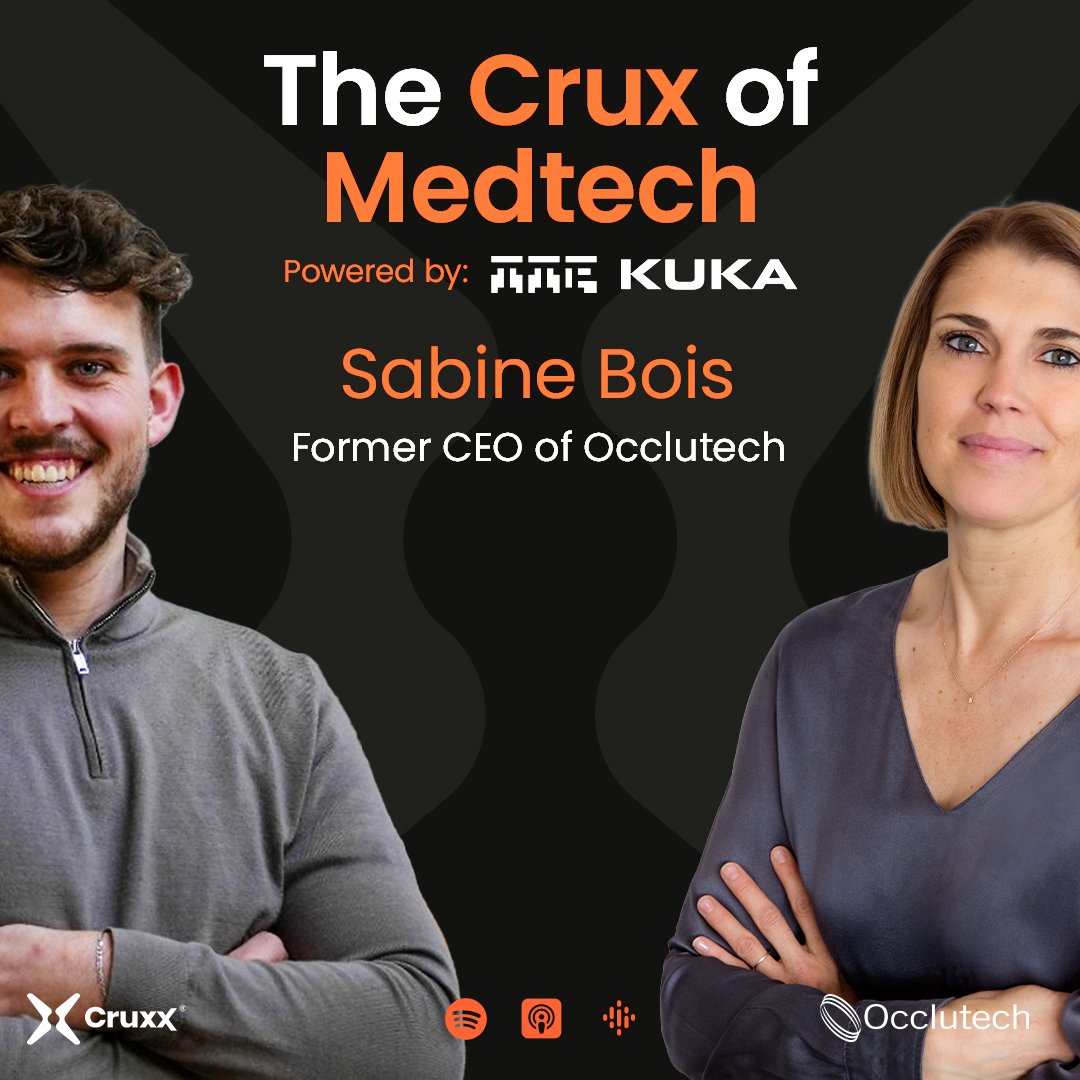On Season 2 Episode 5 of The Surgibots Podcast I was joined by Eli Shapiro, the Chief Executive Officer and Co-Founder of W Endoluminal Robotics, to talk about the innovative system that the company is creating. We touched on the importance of real-time imaging in bronchoscopy, how their system is enabling surgeons to perform more intricate and complex procedures and why simple concepts are the key to creating effective surgical robotics technology.
What is the W Endoluminal product?
At W Endoluminal Robotics, we’ve taken a different approach than other systems. We enhance the capabilities of the physician in the room, and we allow additional degrees of freedom, which is something that physicians don't have in conventional, augmented or even robotically assisted bronchoscopy. We’ve designed a system with two lumens inside of it, which, with conventional tools like radial Airbus in the IP room, allows us to visualise the nodule and sample it with real-time imaging. That creates certainty for the physician that they took a biopsy from the right place. From a clinical aspect, that's mind blowing.
What's the challenge with the way these procedures are currently done that real-time imaging is trying to solve?
With lung cancer, it's a problem because all the nodules start from the periphery and propagate toward the centre of the lungs. In the periphery of the lungs, you have a great anatomical challenge, because you're trying to reach the nodules through the airways, which are very tiny. That creates a few challenges. The stiffness of the tool it's crucial there. From one perspective, you want to be very flexible so that you do not harm the anatomy. On the other hand, you want to have a lot of steering force to steer the tools towards the target. It's the longest navigational challenge, because you need to remember all the turns that you have to take during the way.
The biggest challenge is that the procedure today is done blindly. You don't have real-time imaging. In most cases, when you reach the target the airway collapses on top of your bronchoscopes, but you can’t see what’s happening. Olympus developed a good device that is a rather small ultrasound probe that can reach the target and allow you to see the nodule itself, but the problem is that you need to take out the ultrasound, and then introduce your biopsy tool, which only has a 70% chance of getting to the same place.
We believe that we solve these issues with our system. You might not have a lot of space for fancy technology such as electromagnetic navigation, and we struggled to show the efficacy for the cost that brings. You need simple and clever solutions, which we believe we have developed at W Endoluminal Robotics.
What's the simple and clever solution you mentioned?
On the clinical side, we introduced the ultrasound tool and biopsy tool through different airways, and then allowed them to meet in the middle to show the target by providing real time imaging of the tool in a nodule. On the mechanical side, instead of applying force all along the bronchoscope, we multiply the forces on the end (which is the steering region), which is how we’ve created a flexible construction. We combined gastro cardiology to route the wires differently, which allows us to make a simple, capable system that is very affordable for the physician.
Talk to me about how a surgeon actually controls the robot. What does the control panel look like?
There are two approaches on the market today; you have the aisle approach where a controlling console will use one arm for steering and another for advancement, and then you have the approach that Monarch and Galaxy have taken, where there is a control console that is used in both hands like an XBox controller. We have created a controller that a physician can hold with one hand to control the robot, and then use the other hand to do other things throughout the procedure, which reduces the need for additional assistants in the operating theatre.
To learn more about the advancements that Eli and W Endoluminal Robotics are making in the bronchoscopy space, tune into Season 2 Episode 5 of The Surgibots Podcast here.





